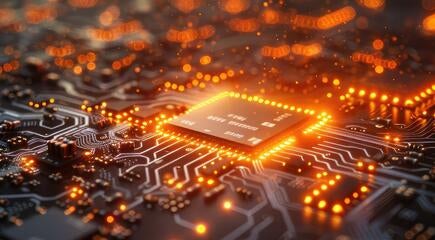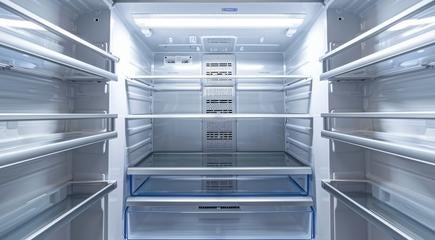EU Ecodesign Exploring New Ways to Assess Energy Efficiency of Computers
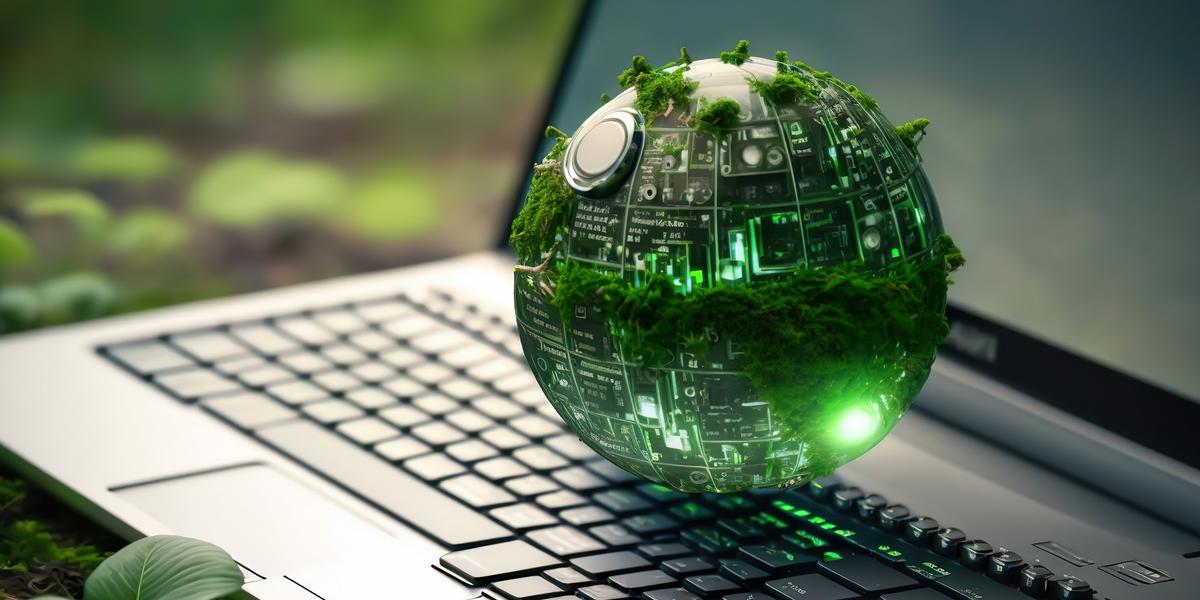

The landscape of computing technology in the EU is poised for a transformation, guided by the principles of sustainability and efficiency. As part of this evolution, Regulation (EU) No 617/2013, which oversees the energy efficiency of laptops, desktops, and servers, is undergoing a thorough review to better align with today's technological demands and environmental responsibilities.
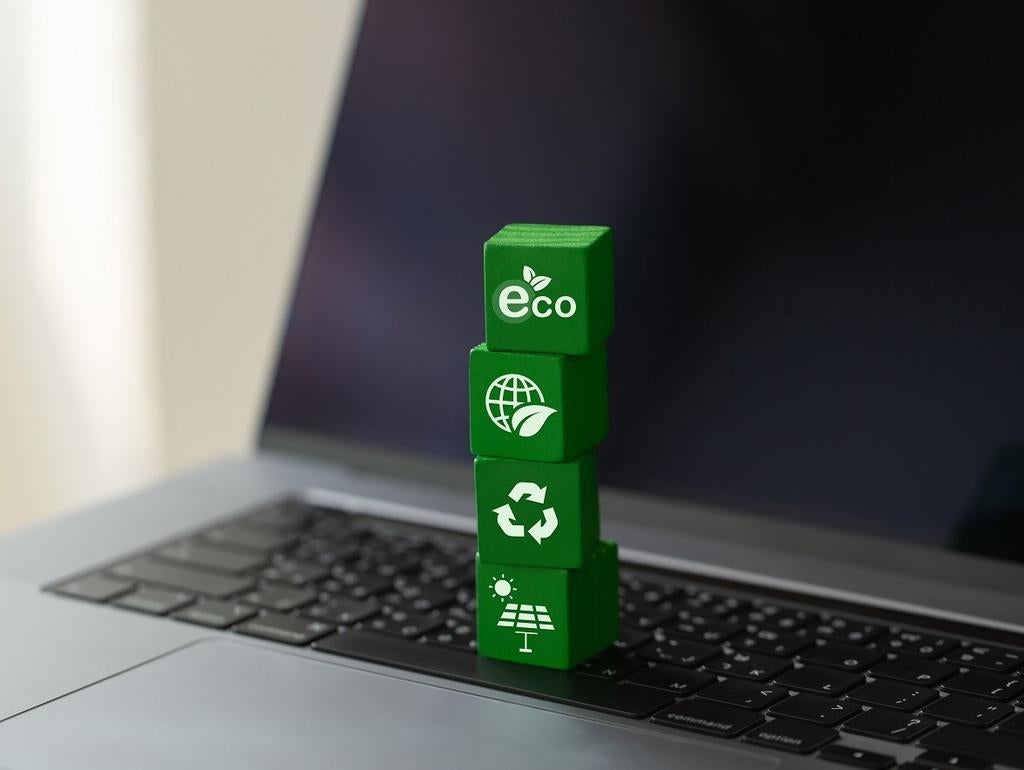
The European Commission is developing an innovative methodology to assess the energy efficiency of computers. This approach moves away from traditional benchmarks towards using software "worklets" that mimic a variety of real-use scenarios, ranging from standard home-office tasks to intense applications like gaming and AI. This method aims to provide a more accurate measure of a computer's energy use in typical daily operations.
A key component of this revised regulatory framework is the introduction of the Energy Efficiency Index (EEI), a metric that measures computing performance per unit of energy consumed. This index will classify computers into energy classes from A to G, enhancing the simplicity and transparency of energy efficiency evaluations. This streamlined method will reduce the need for allowances for different configurations and overlook the nuances of internal architecture.
The forthcoming software tool, which will be open source, is designed to be both cost-effective and user-friendly. Since 2020, organizations such as CLASP and GTD GmbH have been diligently refining these worklets, with a thorough analysis of the results set to inform the impact assessment phase.
Historically, the EU’s ecodesign directives have elevated the environmental standards of products by establishing baseline requirements for market entry. This strategy not only phases out less efficient models but also promotes economic savings for consumers and businesses by lowering energy costs.

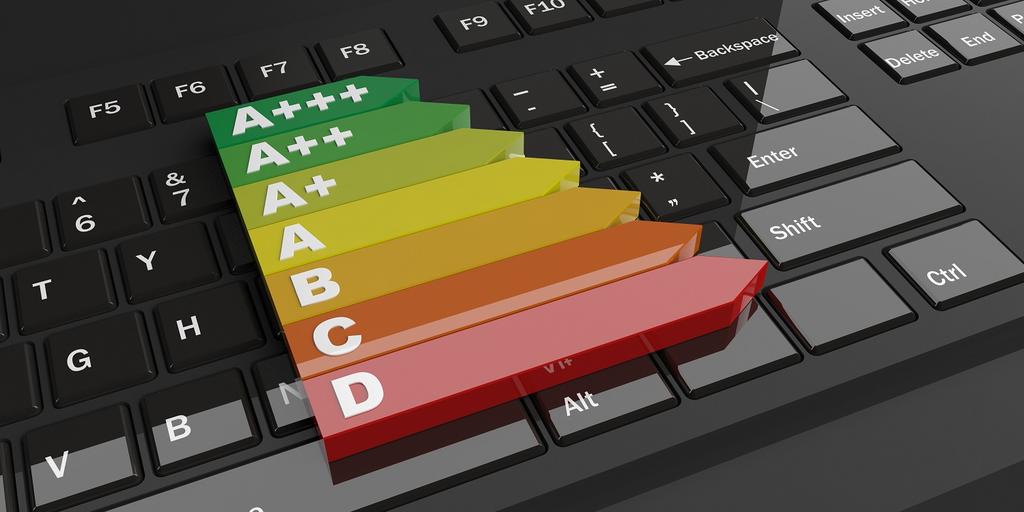
Additionally, energy labels provide crucial information on a product’s energy efficiency, durability, and reparability. This labeling is essential not only for informing consumers about energy consumption throughout a product's lifecycle but also for highlighting the broader environmental impacts, such as the reduced need for mining precious metals and rare earth elements vital for computer production.
The ongoing enhancements to energy efficiency regulations and the potential introduction of an Energy Labeling Regulation demonstrate the EU's dedication to sustainable development and its ambitious goals for achieving climate neutrality by 2050.


